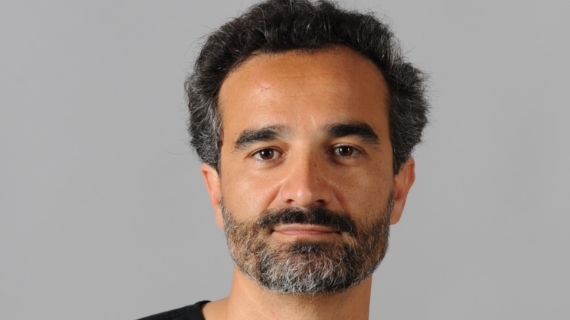João Reis
Surgical techniques for gingival recessions at the 5º Sextant: when, how, why? Tunnelling technique

- Board Certified Specialist Oral Surgery – Ordem dos Médicos Dentistas
- Dental Degree ISCS – Universidade Egas Moniz
- Academic Expert in Functions and Disfunctions ot the Masticatory Organ Donau Universitat
- Hurzeler/Zhur Education Full Curriculum : Advanced Surgical Procedures in Periodontology and Implant
- Master Course in GBR and Sinus Grafting Procedures -Bern University
- Expert in Periodontal and Peri-implant Microsurgery SwissPerio Education – Full Curriculum
Nationality: Portugal
Scientific areas: Periodontology
17 of november, from 12h00 until 12h30
Auditorium C
Conference summary
In periodontal plastic surgery , making the correct clinical evaluation and performing a tunnel flap using a microsurgical approach allow for great esthetic results.
The use of the correct instruments under magnification (using prismatic loupes or the dental microscope), knowing and complying with tissue biology and anatomy during incision, manipulation and suturing procedures are mandatory.
Performing a split thickness flap using a tunnelling procedure releases the mucosa from the underlaying deep muscular planes without the need for vertical releasing incisions, thus avoiding scar tissue formation and a disharmonious appearance between the surgical area and the surrounding tissues.
The combination off a connective tissue graft is associated with better medium and long term results in relation the maintenance of the positioning of the gingival margin.
We will go through the parameters for choosing the right donor site for our connective tissue graft and the adequate suturing technique to insert, guide and stabilise it inside the tunnel.
The technique will be described step-by-step.
The limitations for the use of the technique will be assessed and also how to solve the surgical complications.